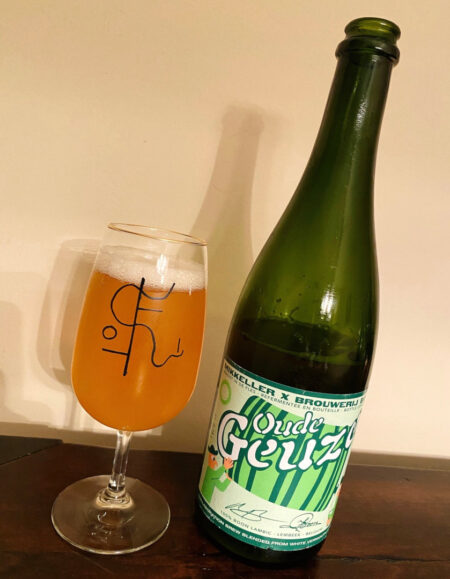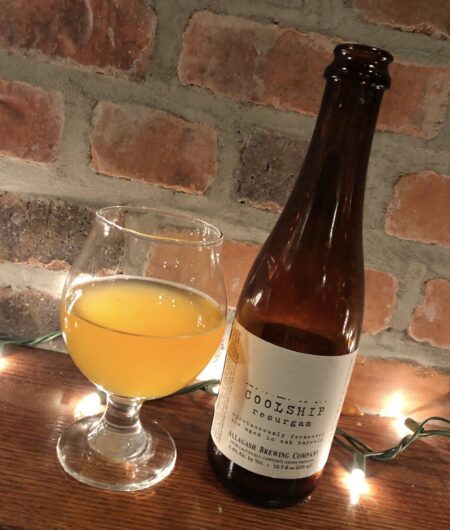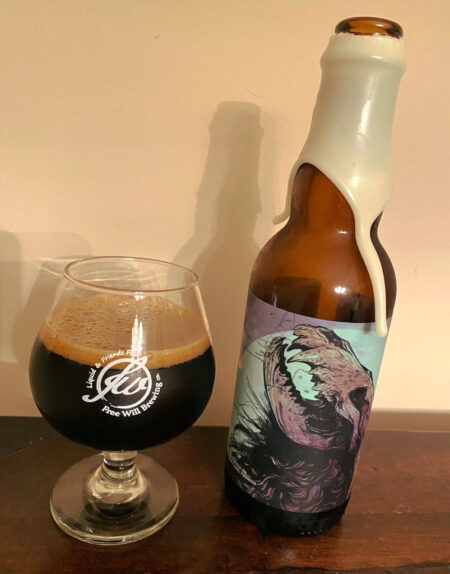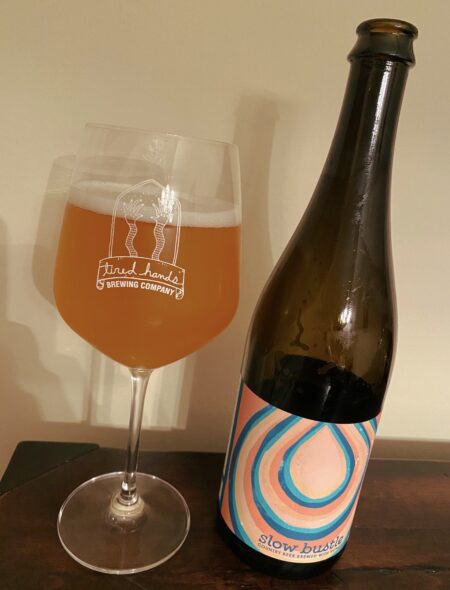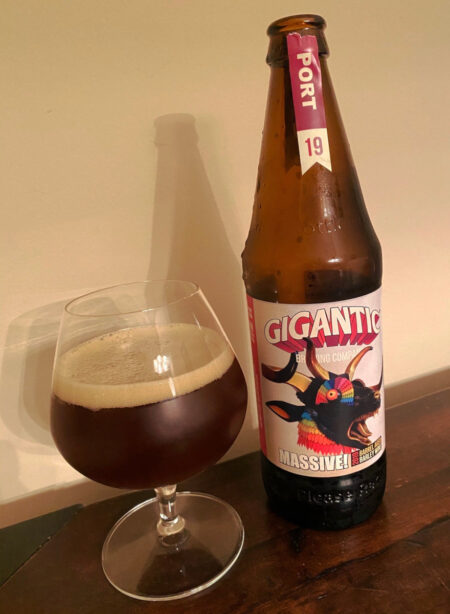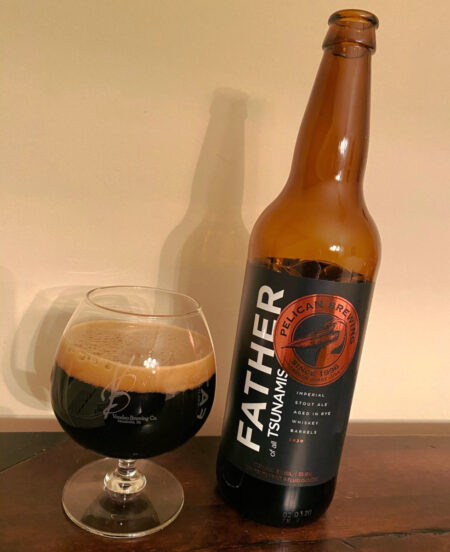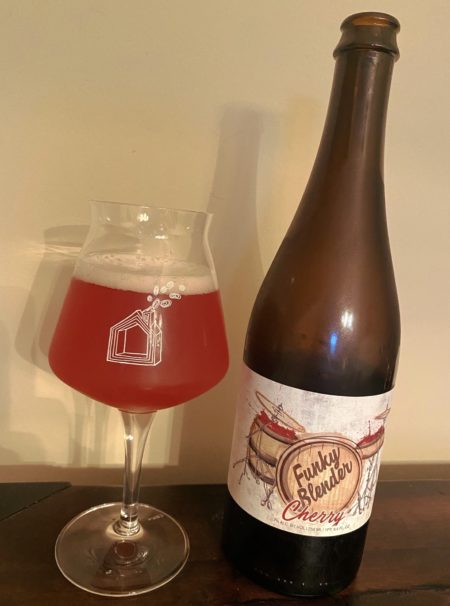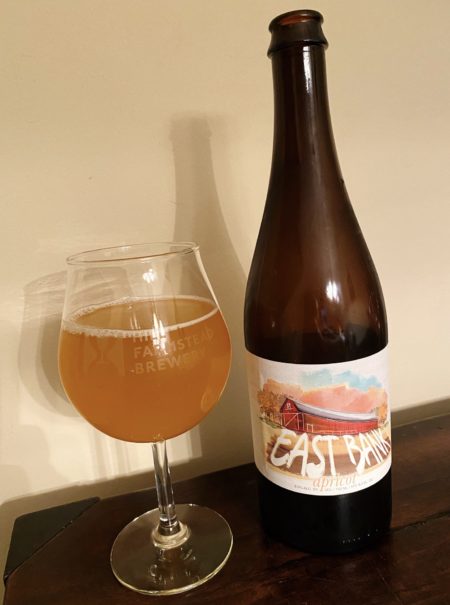No one wants to admit that they like peanut butter beers, but brewers are out there making them all the time, so I guess some people actually do… My inner curmudgeon gets mighty suspicious about gimmicky ingredients but even that bastard can kinda see the appeal of peanut butter beer if he squints. I mean, he’s never truly loved one… but he gets why someone would drink it.
Of course, Curmit (the name for my inner curmudgeon that I just made up because typing out “inner curmudgeon” every time seems like a waste and yes, I’m aware that I just wrote the words out twice in a long paranthetical, but Curmit thought it would be a good idea and I like that guy) can be won over if you play to his biases. Like, say, aging your peanut butter beer in bourbon barrels for almost two years.
To be more specific, Weldwerks Barrel-Aged Fluffernutter starts with a big imperial stout base that is aged in freshly emptied 6-12 year-old bourbon barrels for 19-21 months, then conditioned on peanut flour, toasted marshmallows, marshmallow creme, and Vanuatu vanilla beans. Curmit might have been a little suspicious and he probably likes plain old BA Medianoche better, but he thinks that marshmallow is a better fit in beer than some sort of fruit/jelly (i.e. fluffernutter is a better idea than PB&J when it comes to beer) and we’ve already established his love of vanilla. One sip was enough to convince him this endeavor was worthwhile:

WeldWerks Barrel-Aged Fluffernutter – Pours a deep, dark brown, almost black, with just the faintest ring of tan head around the edge of the glass that disappears quickly. Smells great, bourbon, caramel, oak, peanuts, and vanilla. Taste hits the rich caramel up front, moves quickly into that fluffernutter peanut and marshmallow, followed by boozy bourbon and oak in the finish. Mouthfeel is full bodied, rich, and chewy, the bottle doesn’t have an ABV on it, but it’s plenty boozy with some pleasant warming alcohol character. Overall, yup, it’s spectacular and all the doodads and extra ingredients work well enough, especially as a change of pace. A
Beer Nerd Details: ? ABV bottled (22 ounce bomber). Drank out of a snifter on 10/2/20. Vintage: 2020.
This is one of those beers that would have been great to bring to a share… if we weren’t in the middle of a pandemic. I miss shares, is what I’m saying. Anywho, I’ve really enjoyed WeldWerks’ barrel aged program, so I will always seek them out. Even if they have gimmicky ingredients that don’t necessarily excite Curmit.
You know what, screw it, bonus review! One of Curmit’s favorites here, also from WeldWerks:
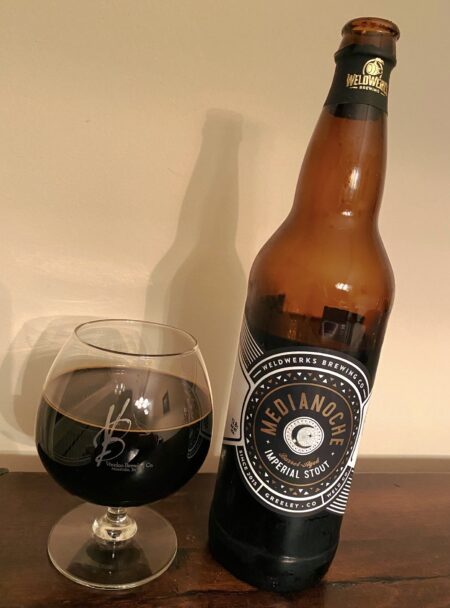
WeldWerks Medianoche – I didn’t take tasting notes for this, but Curmit loves this thing and there’s plenty to say about it. Legend has it that this big imperial stout was designed to stand up to extended barrel aging, and while brewing process details are often uninteresting, this one has a standout step that I think pretty much anyone can peg as extreme: After mashing in, they then put the resulting wort through an arduous 36 hour boil (for context, most beer goes through a 1 hour boil). After fermentation, the beer goes into 7-12 year bourbon barrels for 18-24 months. Don’t take my word for it, here’s an interview with the brewer:
“So, we designed the beer from the ground up, using the barrel, the spirits from the barrel and the time spent in the barrel as essential ingredients, and made adjustments to the recipe accordingly,” he explains. “After several years of tweaking and pushing the barrel character further and further, we have landed on an incredibly high-gravity stout that is 100% malt-derived. That means no extracts, syrups or other sugars. To achieve those targets, we boil each batch for over 30 hours, which is insanely inefficient and labor intensive, but it has resulted in a beer that can hold up for 18-plus months in casks and showcase all the complexities our barrels have to offer.”
The result is phenomenal. The base retains some of its roasty notes, but the typical caramel, oak, and vanilla barrel aged character is also there in full force. Totally delicious, complex, but well balanced stuff, and worth seeking out. A
Beer Nerd Details: 12.8% ABV bottled (22 ounce bomber). Drank out of a snifter on 6/26/20. Bottling Date: 04/16/2020.
So there, both Weldwerks Fluffernutter and Medianoche are pretty great stuff, if you can get ahold of them.
